WordPress Multisite is good option for those who want to run multiple sites, multiple blogs or want to offer blog hosting services to others.WordPress.com and Edublogs.org are vert good examples of large blog networks that use WordPress Multisite.
So, let’s understand step by step:
You can install WordPress as:
- A stand alone WordPress site.
- Complete an additional step after installing WordPress to enable WordPress Multisite to create a network.
Steps for Creating Network
Step 1:
Your existing WordPress site will be updated when creating a network. So, deactivate all active plugins. You can reactivate them again after the network is created.
Step 2:
Place below code into your wp-config.php
1 2 3 | define('WP_ALLOW_MULTISITE', true); |
Step 3:
Create a Network of WordPress Sites screen and look at Administration >Tools > Network Setup and you will get below screen.
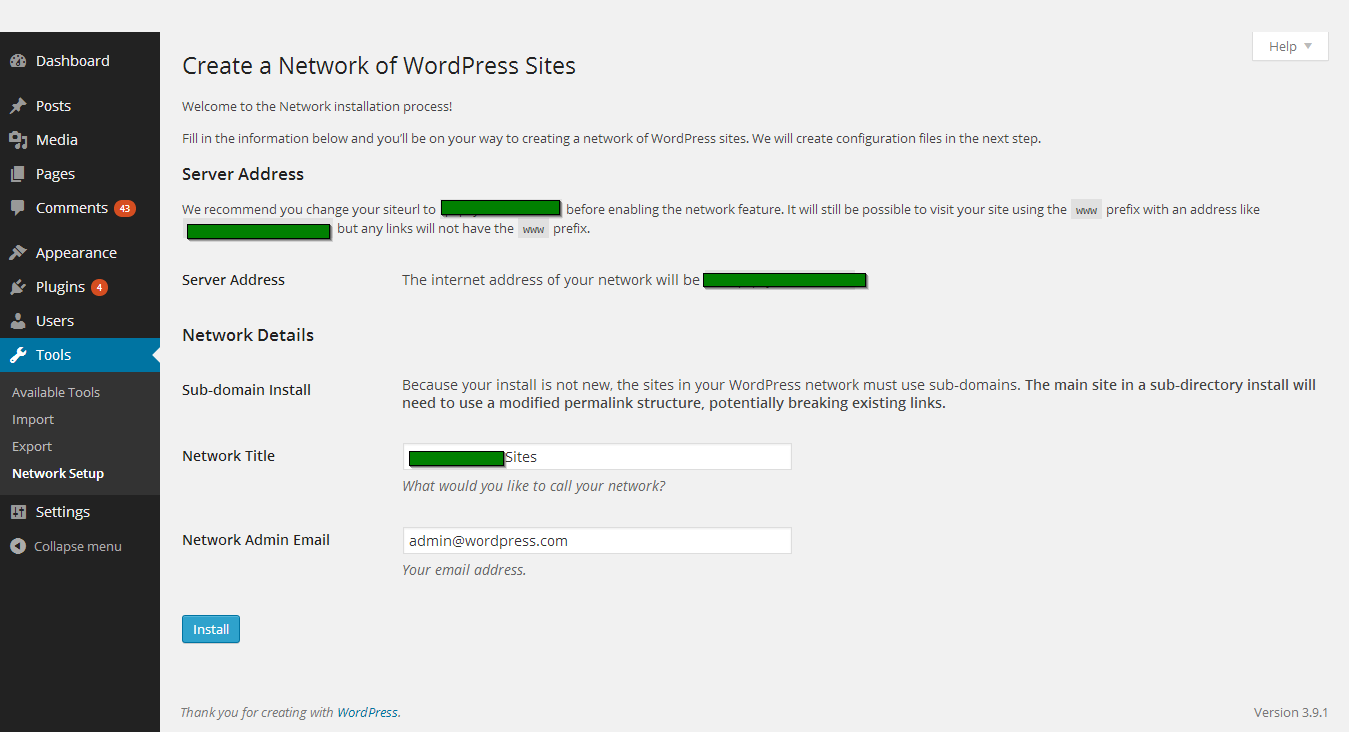
After you enter Network title and email address and click on install your network in configured and ready to use.
If this is a pre-existing install, you will receive a note saying that only sub-domains are possible due to possible permalink conflicts.
If you are installing on a localhost, you will only be allowed to install via sub-directories.
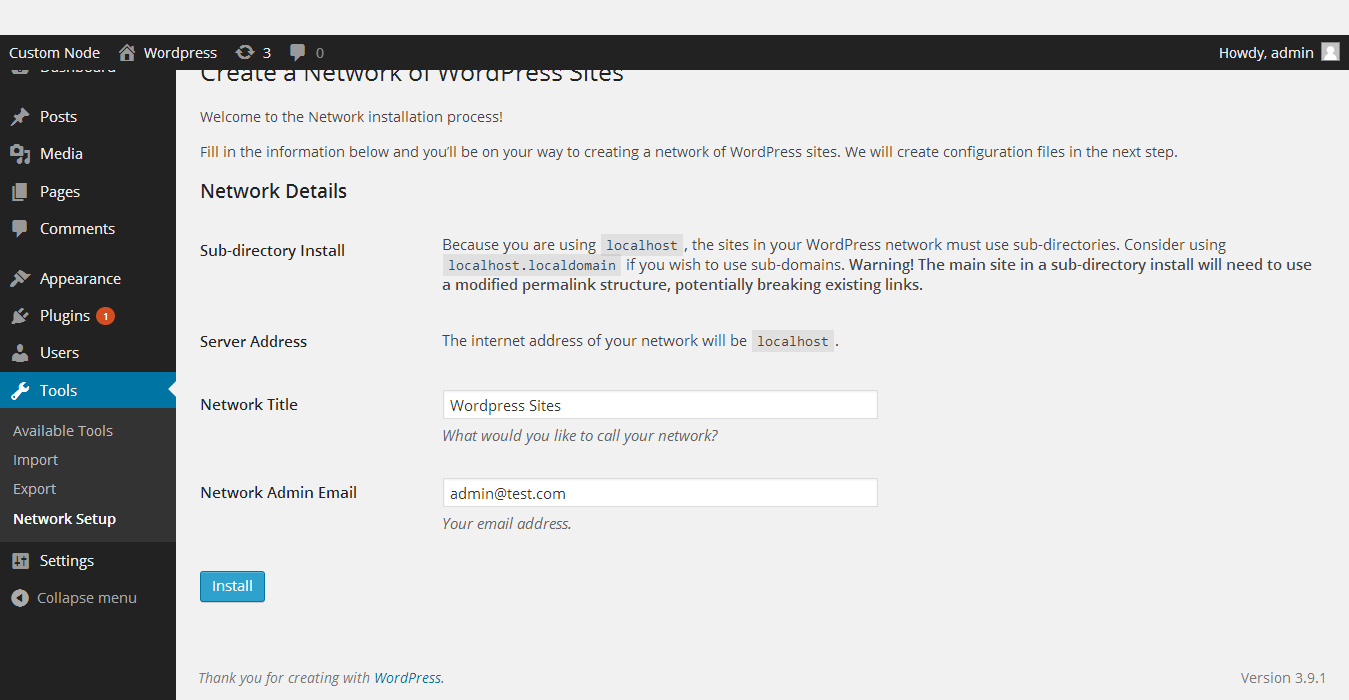
After you have configured these settings, click install, and you should see the following screen:
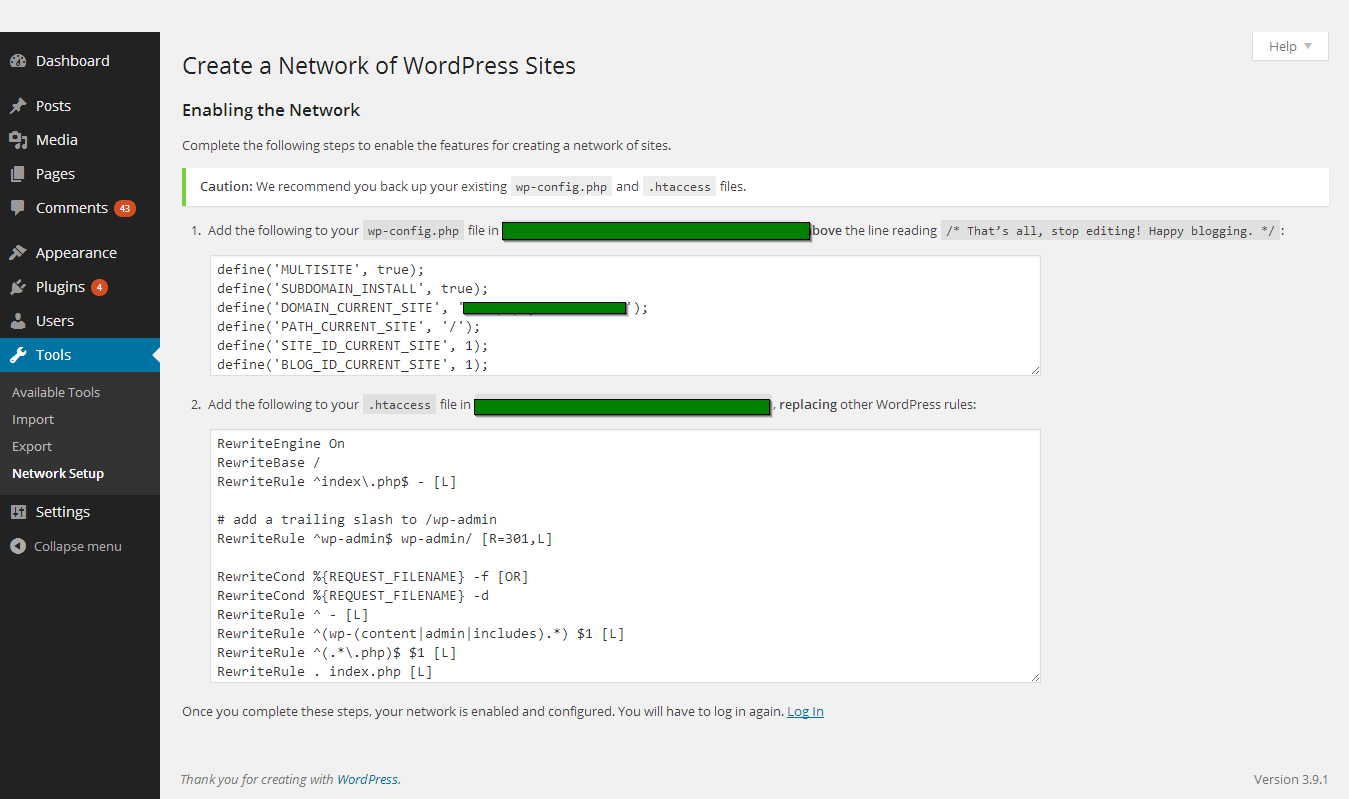
Step 4:
Create a new directory named blogs.dir, and place that in your root folder’s wp-content folder as it will be used to store all of our network’s uploaded media then place above screen code into wp-config file and htaccess as per instruction given in screen2.
Setting up your sub-domains or sub-directories:
Now go to Tools > Network Setup and choose whether you want to use sub-domains or sub-directories.
Choose after thinking twice as you can’t change this later.
Now go to Tools >Contact your host first if you want to use sub-domains to ask if they are able to set up Wildcard DNS records for your site because all hosting companies doesn’t support this option.
A. SubDomain
If you want to use sub-domains, you need to contact your host and ask them to set up Wildcard DNS records for your site.
e.g. log into your support area of CPanel and ask them to set up Wildcard DNS records for your site.
Sub-domains have site URLs like site1.domain.tld and site2.domain.tld and all companies not allow you to use sub-domains and you need to check with your hosting company before choosing this option.
A. Sub-Directories
This is the easier option because you don’t need to get your hosting company to set up Wildcard DNS records for your site.
- Sub-directories have site URLs like domain.tld/site1 and domain.tld/site2
- Once you have chosen between sub-domains or sub-directories and double-checked all details are correct then click Install.
Check your Apache mod_rewrite should have already been enabled by your hosting provider, if not contact hosting provider and enable it.
Benefits of using WordPress Multisite:
- With WordPress Multisite, you can run a network of unlimited sites on one installation.
Hosting several sites on the same installation using WordPress Multisite, instead of installing new site each time means all the sites running on single installation with the same network. - You only need to update one installation when new versions of WordPress Multisite, plugins or themes are released.
- You can manage all the sites in one place; easily managing, controlling and accessing all sites and users on the single installation.
- It’s familiar to many of your users as its admin panel is fairly similar to the standard WordPress admin panel.
- Each user can have more than one site (or none) and easily navigate to each of their sites from within their dashboard.
Suggested Reading:
Get all images from single post in WordPress
Replace Quotes in WordPress
Fixed Pagination in WordPress
Hope this article helps someone else out.As always, thanks for reading. Don’t Forget to Follow us on Twitter or Subscribe us to Get the Latest Updates.

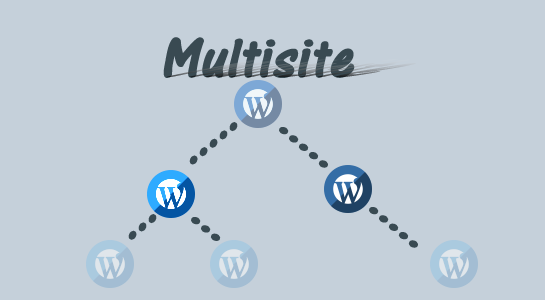


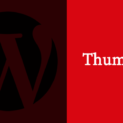
















Comments (1)